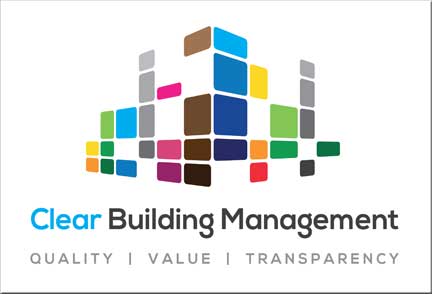
A summit of all parties is desperately needed as MHCLG dismisses ARMA / IRPM figures on scale of crisis
The Sunday Times produced what leaseholders might think was an unanswerable article this week into the devastating costs faced by leaseholders caught up in the build safety crisis.
The paper reported that 1.3m flats are unmortgagable – 5% of homes in UK – and that figures from the property managers tasked with carrying out these works demonstrate that leaseholders must pay “impossible sums” of £27,000 each to fix smaller blocks and more than £14,000 for unfunded fire risks in tall buildings. Some might describe these totals as conservative.
These figures based on more than 750 buildings are from the Association of Residential Managing Agents and the training body the Institute of Residential Property Management. If they do not know the scale of this disaster, who does?
But the MHCLG has dismissed these figures as “misleading” in an astonishing public statement: https://mhclgmedia.blog.gov.uk/2021/06/19/response-to-the-sunday-times-article-on-the-cost-of-cladding-remediation/
At a meeting with HM Treasury, HMRC and MHCLG officials this week, the MHCLG official had neither read The Sunday Times report nor the public statement of his / her ministry.
So what happens next? Section 20s have been served, bills have been issued but works have not started, although MHCLG expects all applicants to the Building Safety Fund to start by end of September 2021.
The choice seems to be: sites remain unremediated or the bills are enforced and forfeitures inevitably result.
Yet an MHCLG official is quoted:
“We entirely reject these speculative figures, based on a tiny sample of buildings. All buildings eligible for the Building Safety Fund will be fully funded to remove defective or missing cladding barriers if it is part of an unsafe cladding system.”
Stephen McPartland, the Conservative MP behind the rebellion over the Fire Safety Bill which dumps historic build defects of developers onto leaseholders, said: “Ministers know leaseholders do not have the funds to pay bills of tens of thousands of pounds, they know these flats are plummeting in value and they know their actions will not make buildings safe.”
A remedy is to hold a summit of all stakeholders: leaseholders; developers; freeholders; property managers; insurers; officials from different departments and for government to take ownership of this crisis.
A recent meeting with the building safety data team organised by LKP chair Martin Boyd, also involving the chief executive of the Open Data Institute to which LKP is associated, demonstrated that there are still considerable gaps in the information held by government.
There is a reasonably robust dataset on over 18-meter buildings, but risks involved are unknown unless the buildings have also applied to the Building Safety Fund or the ACM cladding fund. There is still no accurate picture of risk for the under-18 meter buildings, which are not eligible for the funds.
It is therefore very unhelpful for the MHCLG to rubbish the figures of ARMA / IRPM when its own are so incomplete.
The size of these bills will destroy people’s lives and MHCLG’s management of the crisis is contributing to this.
An example is the insurance sector, which is somehow given a free pass in claiming that it sees no problem in the market, while premiums go skyhigh for blocks of flats.
Sir Peter Bottomley has already made this call, so that help can be provided to ensure that government sorts this crisis out.
The civil service’s addiction to holding separate meetings in silos with different groups just has not worked here.
LKP and ARMA / IRPM have very different priorities in the leasehold sector, but on this issue we all agree and are equally at a loss to explain why government is behaving as it is.





 LKP reverses forfeiture of suicide’s flat securing family £40,000
LKP reverses forfeiture of suicide’s flat securing family £40,000





















